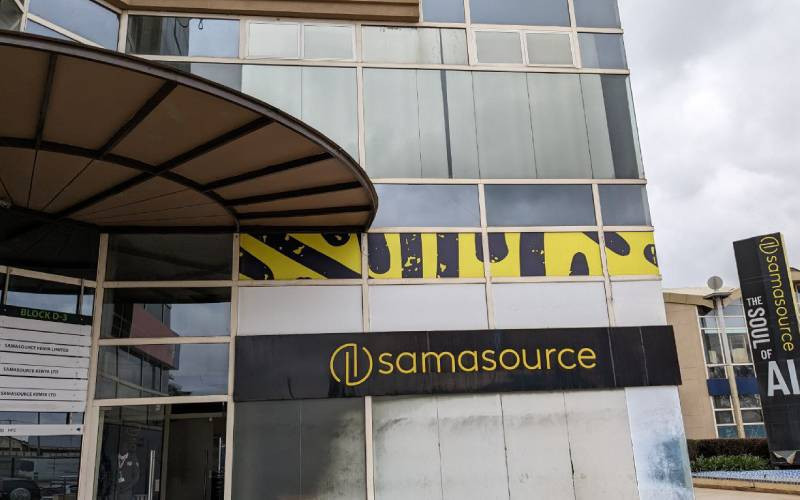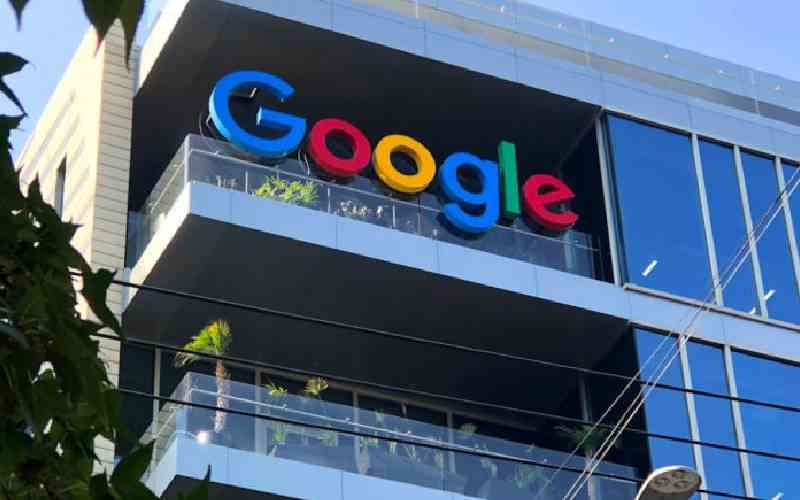
From Apple to Instagram, many of the most recognisable companies started as small side hustles. With the economy shrinking since the onset of coronavirus, it has become a necessity rather than a choice to get multiple streams of income. But how many of these passion projects can actually be turned into multi-million-dollar corporations. With a decent data connection, anyone can work from any part of the world like these global companies did and become wildly successful.
Apple was just a computer made in a garage
In 1976, Steve Jobs was working the night shift at Atari, and Steve Wozniak was an engineer at HP. In their spare time, they worked on building a computer in a garage, which became known as Apple I. They made the machine using Atari parts and presented it to Jobs’ boss, who declined to invest.
Apple’s popularity and value have wavered over the years, hitting an especially low point in the late 1980s after Jobs was ousted. He was brought back in 1997, though, and he proved to be the ultimate key person to Apple taking the company from having just a small percentage of market share to a worldwide tech juggernaut.
That was the start to decades of Apple revolutionised the tech industry, developing an mp3 player which became the iPod, a media player software which became iTunes, and a cellular device which became the iPhone.
Lesson: instant success is not guaranteed despite your hard work. You may be doubted more times than your idea is accepted and backed but do it anyway.
Mark Zuckerberg’s Facebook was a dorm room side project
The story of Facebook’s inception was so interesting it was made into a Netflix film called The Social Network. As correctly depicted in the docu-film, in 2003, Harvard freshman Mark Zuckerberg created Facemash, which allowed students to judge other students based on attractiveness. Although the site was taken down in two days, it inspired Zuckerberg and his friends, Eduardo Saverin, Dustin Moskovitz, and Chris Hughes to create a social networking site called ‘The Facebook’ in 2004. Students could log into the site using their Harvard.edu email, and eventually, it expanded to colleges all over the country. That is how the passion project quickly turned into a thriving tech business as Facebook expanded outside of college life.
Today, Facebook is considered one of the largest social media platforms and reaches 2 billion people around the world acquiring other companies that also coincidentally started as side-hustles like Instagram and Whatsapp.
Lesson: Done is better than perfect. Zuckerberg explained the philosophy behind this mantra as “The Hacker Way.” He said, “Instead of debating for days whether a new idea is possible or what the best way to build something is, hackers would rather just prototype something and see what works.”
Cards against humanity was a hilarious party game
The founders of this famous party game that is said to be a ‘free party game for horrible people’ didn’t even know it was a side hustle. In 2008, eight high school friends were hosting over 30 people, but realised there were few games that would work for that many people. That was when they unwittingly created the first prototype. The idea was to provide the most hilarious answers to hypothetical questions. You do this by filling in the blanks using a question card and a chosen answer card. The first set of cards was typed up on Microsoft Word, and printed on recycled paper.
Even when they closed a Kickstarter campaign in January 2011 having raised almost four times their original funding target, the founders continued to work on the company in their spare time. By 2013, the company had made reportedly made $12M (Sh1.3 billion). The founders’ continued laid back attitude and quirky marketing stunts has seen the game remain popular, with new versions released on a regular basis to keep the product fresh and exciting. It’s unclear whether all the founders still work in their day jobs, but it’s fair to say that their side hustle has likely made them all millionaires.
Lesson: Never stop selling. No matter how big your business becomes, take time to reach out, touch base and connect to continue building those valuable relationships.
Stay informed. Subscribe to our newsletter
Twitter was created during a company hackathon
In the mid-2000s, Jack Dorsey was working as a web designer for Odeo, a podcasting company. However, in his spare time, he was working on a way to communicate with multiple friends who may not have SMS-enabled phones. He wanted to create a platform which allowed him to text in his messages and have them broadcast on a site which could be accessible on a desktop computer.
It remained a dream until iTunes announced it would include a podcasting platform in 2005, that Odeo employees were encouraged to come up with alternative projects. Dorsey took the idea to his bosses, former Googlers Ev Williams and Biz Stone, and their partner Noah Glass, who reportedly came up with the name “twittr”. Now, 14 years after launch, Twitter continues to grow and thanks to his side hustle Dorsey is worth 11.2 billion USD.
Lesson: you miss 100 per cent of the chances you do not take. Take whatever chance to try out your idea. Participate in all competitions or shows like Kenya’s Lion’s Den. If you do not win, you will at least know what needs work.
Airbnb was a creative solution to a big setback
In 2007, two housemates in San Francisco were struggling to pay rent. They knew there was a big conference coming up, so decided to put some airbeds in the attic and market it as a bed and breakfast. Before long, they realised their side hustle could actually become a business, but investors disagreed and more than a year later they were still broke. Not ones to give up, they spotted an opportunity in an upcoming Democratic National Convention in their town. But to stay afloat they had to find a more immediate lucrative side hustle to fund their side hustle.
That’s when Joe Gebbia and Brian Chesky decided to make election-related cereal boxes which they would sell as a novelty ‘Obama O’s and Cap’n McCains’ at $40(Sh 4, 435) each. Not only did this allow them to keep going with Airbnb, but it also showed grit and creativity which impressed investors and eventually landed them the funding they needed. Their side hustle has since become a household name, and is valued at $38b.
Lesson: Develop a funding strategy. Will you apportion part of your salary? Is it really feasible to quit your job? Can you find a creative way to get funding?
Under Armour was born of necessity
They say necessity is the mother of invention and Under Armour is the personification of just that. Under Armour produces sports equipment and apparel.
At 23, Kevin Plank was a University of Maryland football player who was increasingly frustrated with wearing heavy, sweaty shirts under his jersey during practice and on game days.
In 1996, Plank created an athletic undershirt for himself that stayed dry even during the toughest workouts and practices. It worked so well that he thought he might try to manufacture and sell them to other athletes.
He really put the “hustle” in his side hustle, by driving up and down the east coast for the next year, selling his shirts out of his car. He and his partners worked on the shirts from his Grandmother’s basement; pressing the logos, packing boxes and shipping orders.
Within two years, Under Armour moved out of Plank’s trunk and into a legitimate warehouse and headquarters. Currently, UA is a well-known worldwide brand with nearly $4 billion (Sh 443 billion) in annual revenues.
Lesson: Build from a need in the market. The easiest way to guarantee your side hustle will work is to first identify what is missing in the market. If you need it, it is likely other people do too.
 The Standard Group Plc is a
multi-media organization with investments in media platforms spanning newspaper
print operations, television, radio broadcasting, digital and online services. The
Standard Group is recognized as a leading multi-media house in Kenya with a key
influence in matters of national and international interest.
The Standard Group Plc is a
multi-media organization with investments in media platforms spanning newspaper
print operations, television, radio broadcasting, digital and online services. The
Standard Group is recognized as a leading multi-media house in Kenya with a key
influence in matters of national and international interest.
 The Standard Group Plc is a
multi-media organization with investments in media platforms spanning newspaper
print operations, television, radio broadcasting, digital and online services. The
Standard Group is recognized as a leading multi-media house in Kenya with a key
influence in matters of national and international interest.
The Standard Group Plc is a
multi-media organization with investments in media platforms spanning newspaper
print operations, television, radio broadcasting, digital and online services. The
Standard Group is recognized as a leading multi-media house in Kenya with a key
influence in matters of national and international interest.









